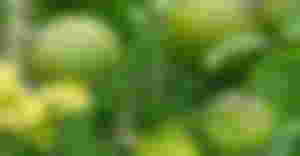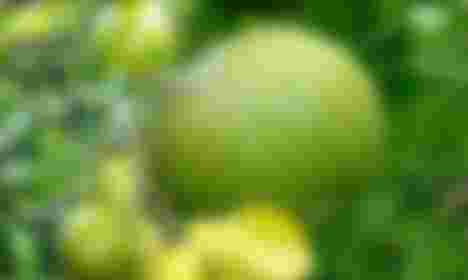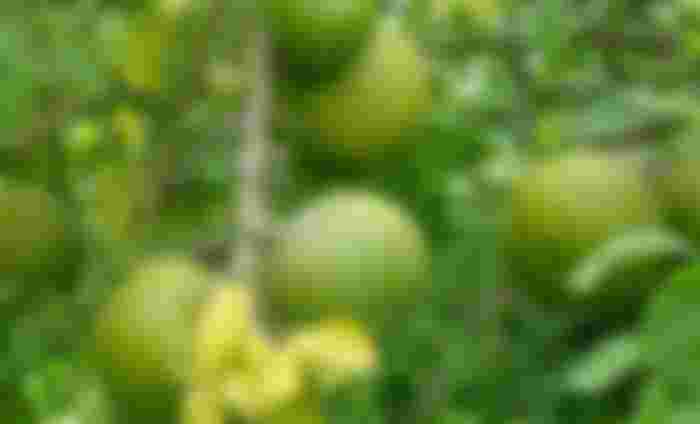Bell cultivation
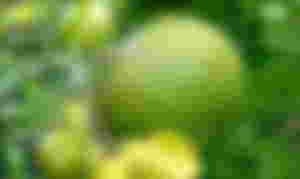
Bell is a nutritious and beneficial fruit. Both raw and ripe are equally beneficial. Raw bell is good for diarrhea and diarrhea. Ripe bell syrup is delicious. Sand is rich in vitamins C, A and valuable nutrients like calcium, phosphorus and potassium. The bell is called shrifal, because bell leaves and fruits are used in Hindu worship. Hindus also consider bell wood to be sacred and never cook it by burning it.
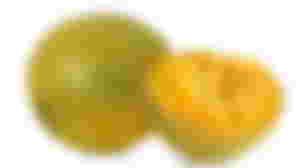
There is no need to do anything different to cultivate bells. Other fruit trees such as mango, blackberry, litchi and jackfruit grow with normal care.
Bell is called Wood Apple in English because the peel of this fruit is as hard as wood. Seeing the widespread appreciation of fruits in Bengal, the British named it Bengal quince. Scientific name: Aegle marmelos Correa (syn. Feronia pellucida Roth, Crataeva marmelos L). Bell Rutaceae is a member of the lemon family. Its Sanskrit name is Bilb. Bell was born in India. In winter all the leaves fall off, again in spring new leaves come. The bell fruit is usually round hard hard to see. The color of the raw fruit is green, when ripe the bell turns yellow. The color of the inner shell becomes orange or yellow. The aroma comes out of the ripe bell.

Pen method in bell seedling production
It takes about 15 years to grow a bell plant from seed, which is more than any other cultivable fruit in this country. No one wants to wait so long for the fruits to come, so Bell's cultivation is gradually declining. The 1/2 tree that can be seen around our house is actually grown from seed. However, by cutting the roots, air layering and cleft grafting or cracking pens can be used to propagate the bell. The results of the study showed that it is possible to collect bells from pen trees in only 4 to 6 years. So it turns out that it is possible to collect bells from a pen tree about 10 years ago. Many have no idea about this. They think Bell's limbs are not reproduced. At present there is no invented / liberated variety of Bell in this country. However, there are many good varieties of bells scattered in different parts of the country. At present, bells weighing 20 kg can be seen in the country starting from 500 grams. So if one wishes, one can easily plant bells of any weight. The first task for this will be to select a quality mother plant from which the sion can be collected later. The second task is to produce seedlings in polybags from any bell seed which will then be used as rootstock and the last task is to attach the desired age (3 to 6 months) rootstock at the desired time (mid-April) with cleft grafting or crack graft. In fact, cleft grafting is done in the same way as other fruits, but time is of the essence. Depending on the place, the time may be more or less 7 days. In that case, the work of pen barrier has to be completed by collecting the tips before the new leaves of the mother plant emerge. The success of the pen will be greatly reduced if the pen is cut after the young leaves come out of the mother plant. In some cases it can come down to 10 percent. However, if the pen is done at a certain time, the success is about 90 to 95 percent. Within two weeks of grafting, a new Kushi will emerge. However, after a week of grafting, care should be taken at least once a day. The new polythene cover should be removed when new cushions come out of the sion and any cushions coming out of the rootstock should be broken. Line-line and tree-to-tree distance should be 6 to 8 meters. Holes are usually drilled to a length, width and depth of 50 cm in mid-May. When making a hole, the soil of the upper half of the hole should be placed on one side and the soil of the lower part on the other side. The hole has to be dried in the sun for 10 days after removing the soil from the hole. Then fill the hole by mixing 10 kg dung manure, 250 g TST, 200 g MP, 150 g gypsum, 50 g zinc sulphate and 10 g boric acid with the top part of the soil. If the hole is not filled with the soil of the upper half while filling the hole, the upper soil should be given to the hole from all around if necessary. It is better not to fill the hole with soil at the bottom of the hole. These seedlings should be planted in the designated holes in June-July. After planting, the seedlings should be tied straight to the poles and irrigation should be done if it is not raining. By following the above method, it is very easy to cultivate bells profitably.

It goes without saying that Bell is not cultivated at present. The number of these trees is constantly decreasing. Sometimes the bell is not available in the market as the supply is less than the demand. The market price of the fruit is not less. A small bell costs 50 to 60 rupees. And the price of a large bell is 250 to 300 rupees. Commercial and planned bell gardening will definitely benefit the farmers now.
Bell's qualities
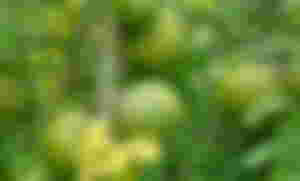
Bell is a minor fruit cultivated in Bangladesh. Although it is a minor fruit, its multi-use, nutritional value is not less in any part. Everyone, big or small, likes the fruit. Every part from the root to the tip of the bell tree is used by people in different ways. Raw bell syrup is good for diarrhea and diarrhea. Half-baked bell is used to make jam. Ripe bells also have multiple uses. Ripe bell shells can be eaten directly from the tree. Ripe bell syrup relieves constipation. Ripe bell shells are also used to make syrups, jams, jellies, sauces, squashes, beverages and a variety of Ayurvedic medicines. In other countries of the world, bell leaves and tips are used as salads. Bell is extremely rich in nutrients. For every 100 grams of ripe bell shell contains 84.20 percent moisture, 8.10 percent protein, 3.60 percent fat, 1.90 percent minerals, 5.0 percent fiber and 16.10 percent sugar. Even the glue obtained from the trunk of the bell tree is used to make gum.
